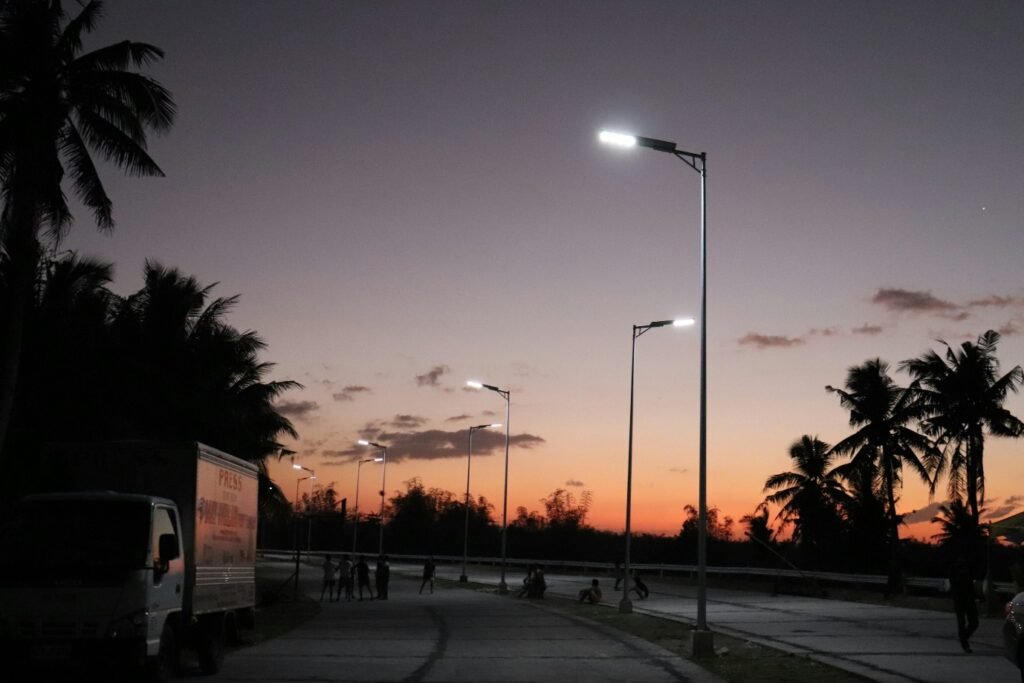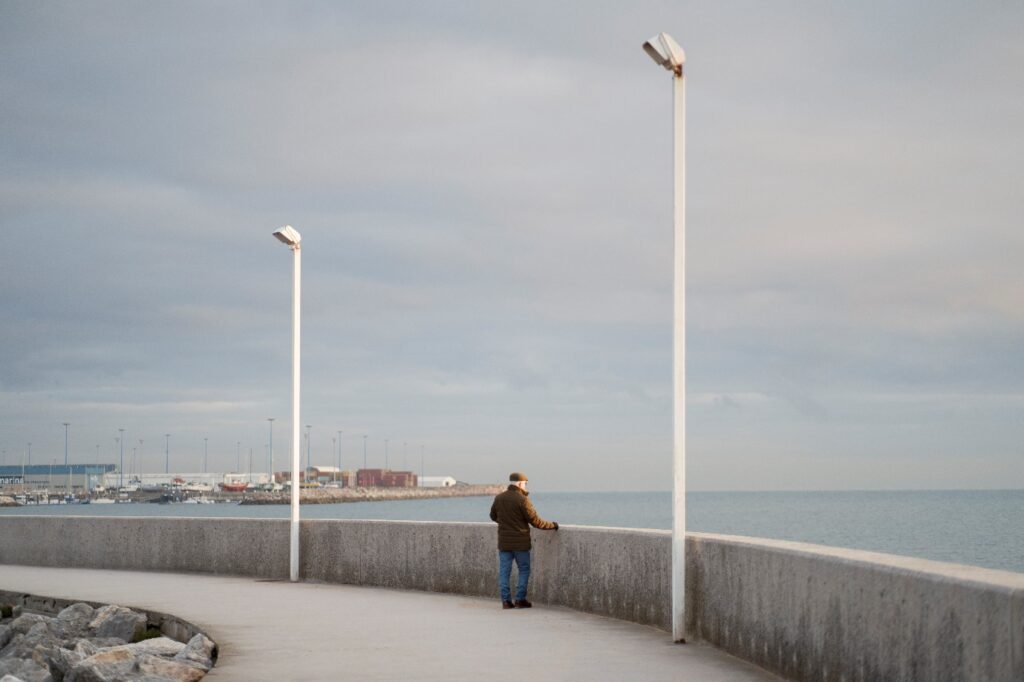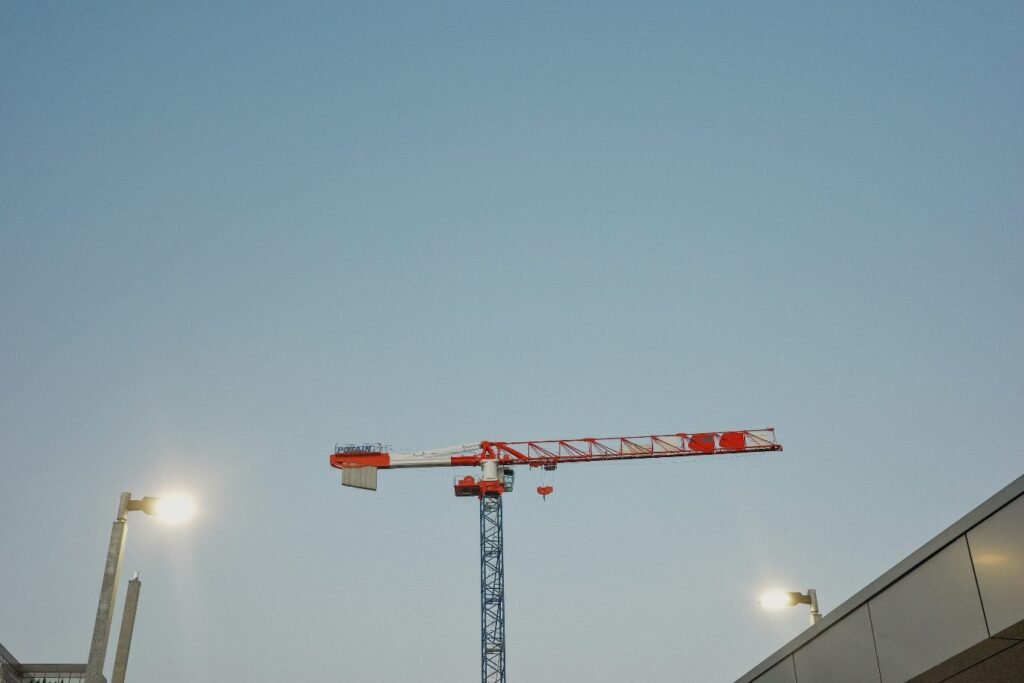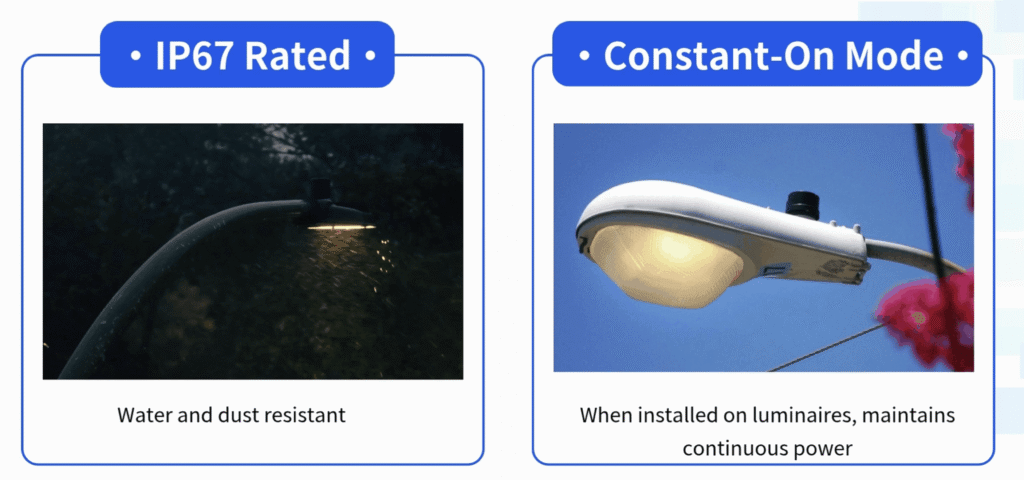For decades, street and outdoor lighting relied on mechanical timers, legacy photocells, or manual switching. While these methods provided basic control, they lacked the intelligence needed for today’s cities and businesses, rising energy costs and smart-city ambitions now demand better solutions. Yet replacing every luminaire across a city network or a commercial site is both expensive and disruptive.
This is where LED retrofit projects shine. By adding photocell upgrade or modern sensor modules to existing luminaires, municipalities and facility owners achieve smarter lighting without throwing away working infrastructure. The process fills the gap in traditional fixtures and modern smart lighting retrofit systems.
Rather than choosing between outdated functionality and full replacement, organizations can adopt a middle path: sensor replacement combined with existing LED housings. The approach offers cost savings, efficiency, and adaptability, all while keeping downtime less.
Benefits of Retrofitting Existing Streetlights
Retrofitting gives a host of tangible benefits appealing to city planners, contractors, and private businesses alike.
Extend Fixture Life
Fixtures are mostly built to last decades, especially outdoor poles designed for wind, rain, and UV exposure. The weak link is usually the control hardware. By carrying out sensor replacement, operators breathe new life into otherwise solid luminaires. This prevents early disposal, reduces e-waste, and makes the most of prior investments.
Add Dimming and Adaptive Control
The biggest advantage of photocell upgrades is in adaptability. A retrofitted luminaire can dim in quiet nighttime hours, brighten when motion is detected, or adjust based on surrounding light. Such controls balance energy efficiency with safety, ensuring dark spots are eliminated while costs remain under control.
Reduce Energy Consumption
Energy savings are mostly the driver behind a smart lighting retrofit. By reducing unnecessary operating hours and tailoring brightness, facilities see electricity bills drop substantially. Municipal projects typically achieve payback within three to five years. For private businesses, ROI can be even faster since reduced bills directly improve bottom lines.
Lower Maintenance Costs
Automation also reduces manual interventions. Crews no longer need to check lights manually for faults or rely on inefficient schedules. Intelligent photocells can flag malfunctions remotely, while modern sensors prevent premature wear by operating luminaires only when needed.

Selecting Compatible Sensors
Not every fixture accepts every sensor, making compatibility a vital part of the planning process.
Photocell Voltage and Load Compatibility
Every luminaire has voltage and load ratings. Choosing the wrong photocell risks inconsistent operation or component damage. High-quality photocell upgrades now support broad ranges such as 120–277V, covering both residential and commercial circuits. Some heavy-duty models also support HID loads for hybrid systems.
Zhaga or NEMA Interfaces
Retrofit projects often hinge on connector type:
- NEMA sockets dominate in North America. These twist-lock systems are familiar to electricians and allow quick swaps.
- Zhaga Book 18 interfaces are expanding in Europe and Asia, designed for modularity and IoT integration.
By selecting standardized sockets, project owners ensure sensor replacement remains easy in the future. The choice between NEMA and Zhaga depends on geography, legacy infrastructure, and long-term smart-city ambitions.
Surge and Environmental Protection
Outdoor sensors face challenges from power surges and UV radiation, so choosing IP66/IP67 weatherproofing and surge ratings of 640J–1280J guarantees right operation even in harsh conditions. This decreases failures and makes sure that LED retrofit efforts pay off over the long run.

Installation and Calibration Tips
If installation and calibration are mishandled, even the perfect sensors perform poorly. Successful smart lighting retrofit projects follow clear best practices:
- Pre-Test Sensors
Before large-scale rollout, sensors should be tested on sample fixtures. This confirms voltage compatibility and identifies potential conflicts with drivers or ballast circuits. - Calibrate Sensitivity
Lux thresholds define when a photocell triggers. Too sensitive, and lights may flicker due to passing headlights. Too insensitive, and lights may stay off longer than desired. Adjusting these levels prevents nuisance switching. - Time-Delay Settings
Many modern photocells include a short delay to avoid false triggers. Calibrating these delays (typically 3–6 seconds) is essential for stable operation. - Wiring and Sealing
Proper sealing at cable entry points avoids water ingress, a basic cause of failures. Following manufacturer wiring diagrams also makes sure of compliance with safety codes. - Phased Implementation
For large projects, phased rollouts limit disruptions. A few hundred luminaires can be retrofitted and monitored before scaling up to thousands. This phased method reduces risk and allows lessons learned to improve later installations.
Comparing Retrofit vs Full Fixture Replacement
| Factor | Retrofit with New Sensors | Full Fixture Replacement |
| Upfront Cost | Lower, faster payback | High, often years to recover |
| Installation Time | Quick, minimal disruption | Slower, requires fixture removal |
| Sustainability | Extends life of existing luminaires | Generates more waste |
| Flexibility | Supports modular photocell upgrades | Limited to built-in design |
| Maintenance | Easier sensor replacement, lower downtime | Requires full fixture swap if drivers fail |
| Best Fit | Budget-sensitive cities, staged smart upgrades | Projects with new construction or major grants |
Real-World Scenarios: How Retrofitting Works
Municipal Networks
A mid-sized city wanted to decrease lighting costs but couldn’t afford full replacements. By choosing a smart lighting retrofit, they upgraded 15,000 luminaires with programmable photocells. Energy use dropped by 32%, and crews reported 40% fewer night-time complaints.
Commercial Campuses
Office parks often operate lights around the clock. With LED retrofit sensors enabling adaptive dimming, one campus cut bills by 25% while still keeping walkways safe for employees working late.
Industrial Applications
Factories and warehouses normally use high-output lighting, retrofitting with high-load photocells allowed them to automate dusk-to-dawn operation and reduce unnecessary burn hours, extending fixture life by several years.
Conclusion
LED retrofit projects represent the right balance between cost control and modernization. Instead of getting rid of durable luminaires, contractors and municipalities renew them through photocell upgrades and sensor replacement.
A perfectly executed smart lighting retrofit improves energy efficiency, reduces downtime, and prepares infrastructure for future demands, with the right sensors, good calibration, and phased rollouts, retrofitting becomes a long-term strategy that benefits budgets and the environment.
Lead-Top offers retrofit-ready sensors and controllers designed for durability, compliance, and ease of installation. Whether for municipal streets, business campuses, or industrial hubs, our solutions simplify the path to smarter, greener lighting.
References:







